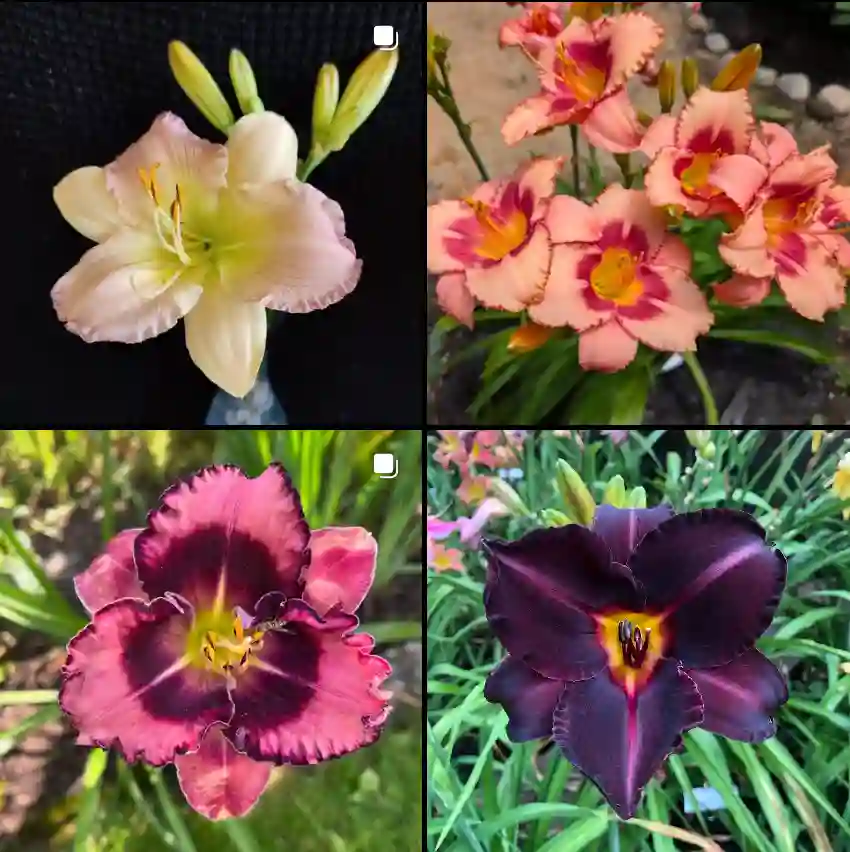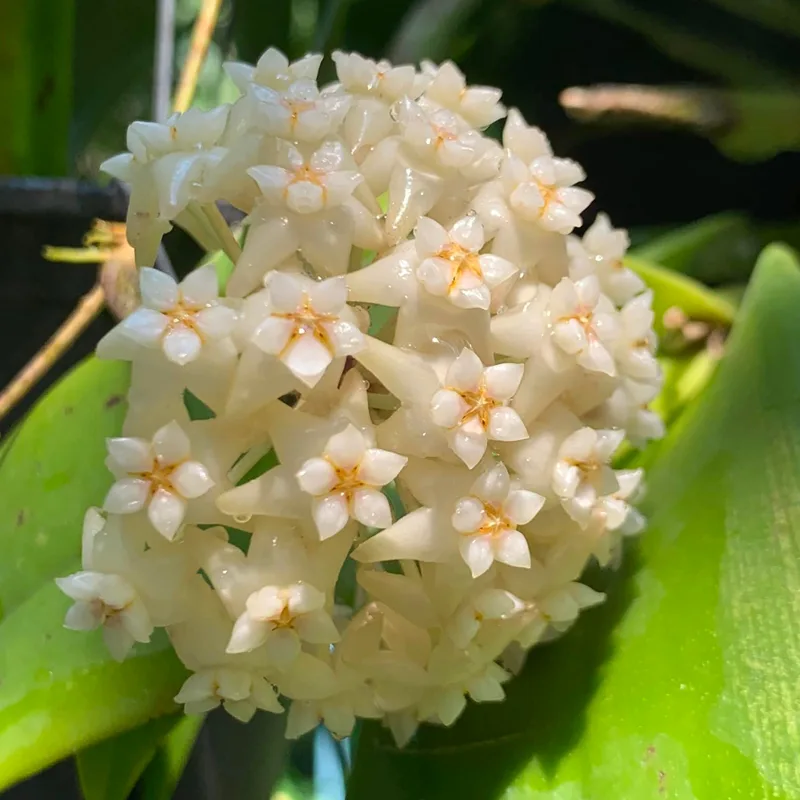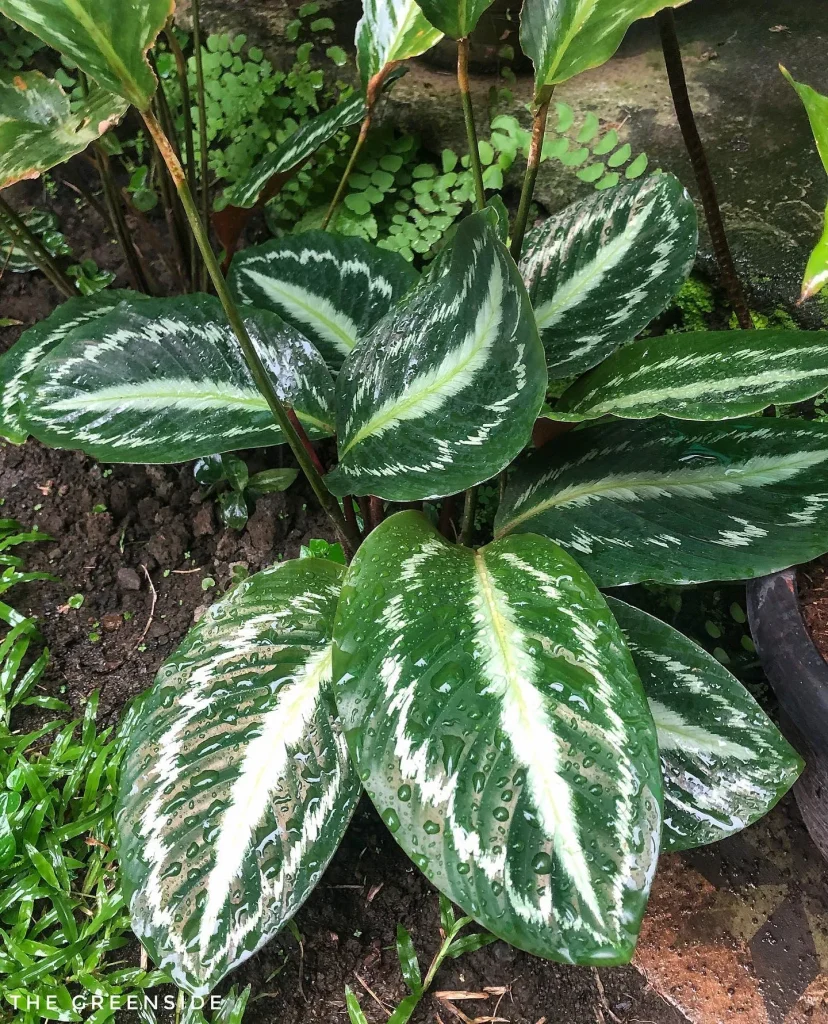Paeonia Emodi: A Guide to the Himalayan Beauty
Hello, fellow plant enthusiasts! I’m Ferb Vu, and today we’re diving into the world of Paeonia emodi, also known as the Himalayan Peony. This stunning herbaceous perennial boasts not only captivating blooms but also a rich history in traditional medicine.
Whether you’re a seasoned gardener or just starting your floral journey, this FAQ will equip you with the knowledge to cultivate and appreciate Paeonia emodi.
Plant Family: Paeoniaceae – 42 Species in Genus Paeonia
What is Paeonia Emodi?
Paeonia emodi is a member of the Paeoniaceae family, sharing kinship with the more widely known tree peonies and herbaceous peonies. Native to the western Himalayas, it thrives in mountainous regions of India, Pakistan, and Afghanistan.
This herbaceous beauty features large, deeply divided leaves that turn bronze-red in autumn, adding a touch of fiery elegance to the garden. But the true showstopper is the flower. Paeonia emodi blooms with stunning single white flowers, often boasting golden centers. These early-season bloomers add a touch of purity and grace to the spring garden.
How to Care for Paeonia Emodi?
Planting and caring for Paeonia emodi is relatively straightforward, making it a great choice for gardeners of all experience levels. Here’s what you need to know:
- Light: Paeonia emodi prefers full sun to partial shade. Aim for at least 6 hours of direct sunlight daily.
- Soil: Well-drained, fertile soil is key. Amend your soil with compost or aged manure to ensure proper drainage and provide essential nutrients.
- Watering: Water your Paeonia emodi regularly, especially during its first growing season and during periods of drought. Aim to keep the soil consistently moist but not soggy.
- Fertilizing: A light feeding of a balanced fertilizer in early spring can encourage healthy growth and flowering.
- Winter Care: As a herbaceous perennial, Paeonia emodi dies back in the fall. After the first frost, cut back the stems to ground level and mulch the area with a light layer of organic matter to protect the roots during winter.
How to Propagate Paeonia Emodi?
There are two main methods for propagating Paeonia emodi: division and seeds.
- Division: This is the preferred method for established plants. In early fall or spring, carefully dig up the mature clump and divide it into sections, ensuring each section has healthy roots and buds (eyes). Replant the divisions in prepared soil.
- Seeds: Seed propagation is a longer process but can be rewarding. Collect mature seeds in late summer, clean and dry them, and store them in a cool, dry place for stratification (exposure to cold temperatures) over winter. Sow the seeds in pots filled with a well-draining seed starting mix in early spring and provide them with consistent moisture and cool temperatures. Germination can take several months, so be patient.
What to Plant with Paeonia Emodi?
Paeonia emodi pairs beautifully with a variety of plants in the spring garden. Here are some ideas:
- Companion Flowers: Columbines, forget-me-nots, and Siberian irises create a delightful tapestry of color alongside the white blooms of Paeonia emodi.
- Foliage Plants: Ferns and ornamental grasses add texture and contrast, while hostas provide a lush backdrop.
- Shrubs: Early-blooming shrubs like rhododendrons and azaleas complement the flowering period of Paeonia emodi.
Safety Considerations with Paeonia Emodi
While Paeonia emodi is a prized ornamental plant, it’s important to note that some parts, particularly the roots, may be toxic if ingested. Exercise caution and keep the plant out of reach of children and pets.
Traditional Uses of Paeonia Emodi (Disclaimer)
Disclaimer: I am not a medical professional and this information is for educational purposes only. It is not intended as a substitute for professional medical advice.
Paeonia emodi has a long history of use in traditional medicine in its native range. It’s important to consult with a qualified healthcare practitioner before using any part of the plant for medicinal purposes.
By following these simple guidelines, you can cultivate a thriving Paeonia emodi and enjoy its beauty for years to come. Remember, this is a slow-growing plant, so patience is key. But the reward of witnessing its elegant blooms each spring is well worth the wait.
Happy gardening!
If i die, water my plants!



